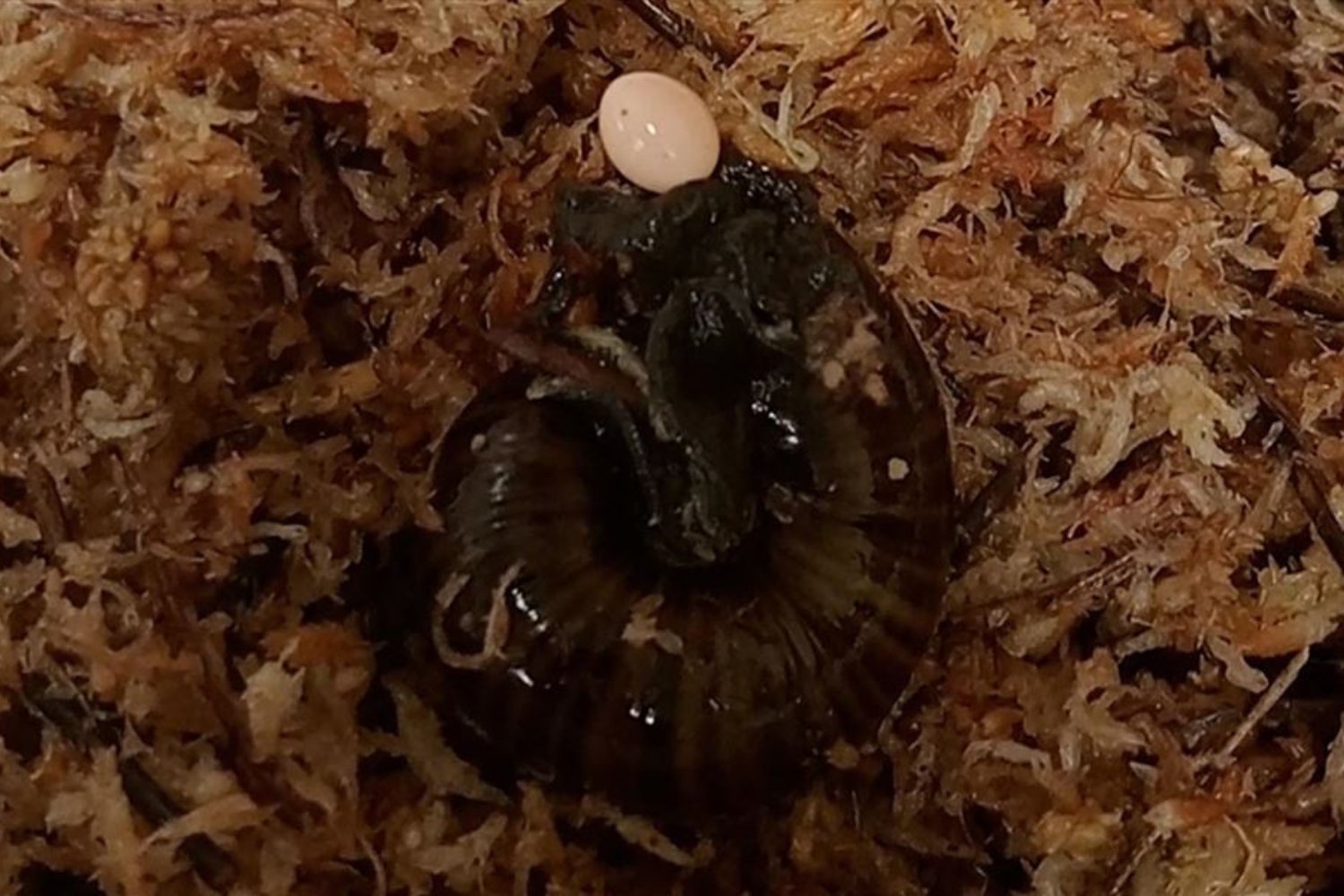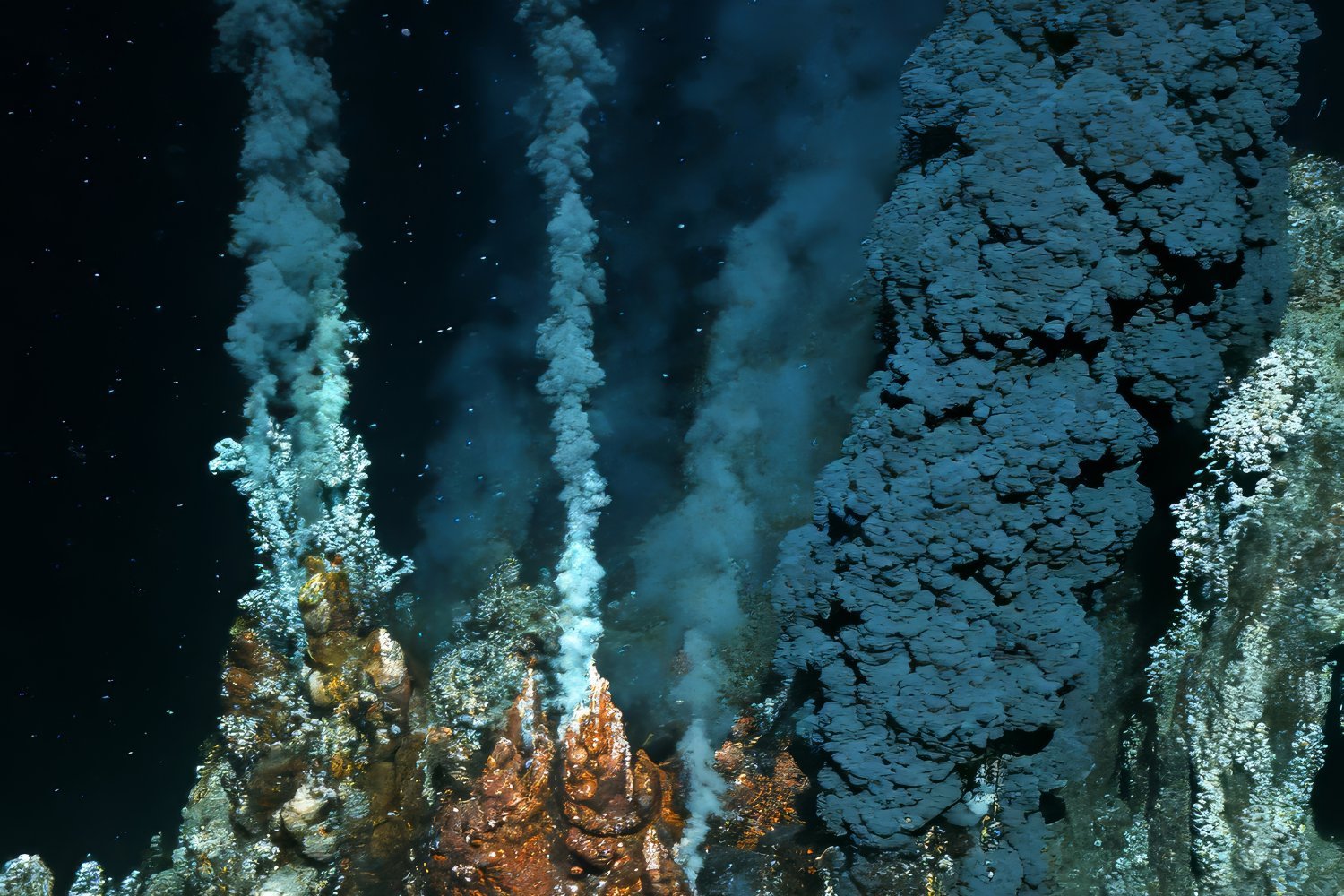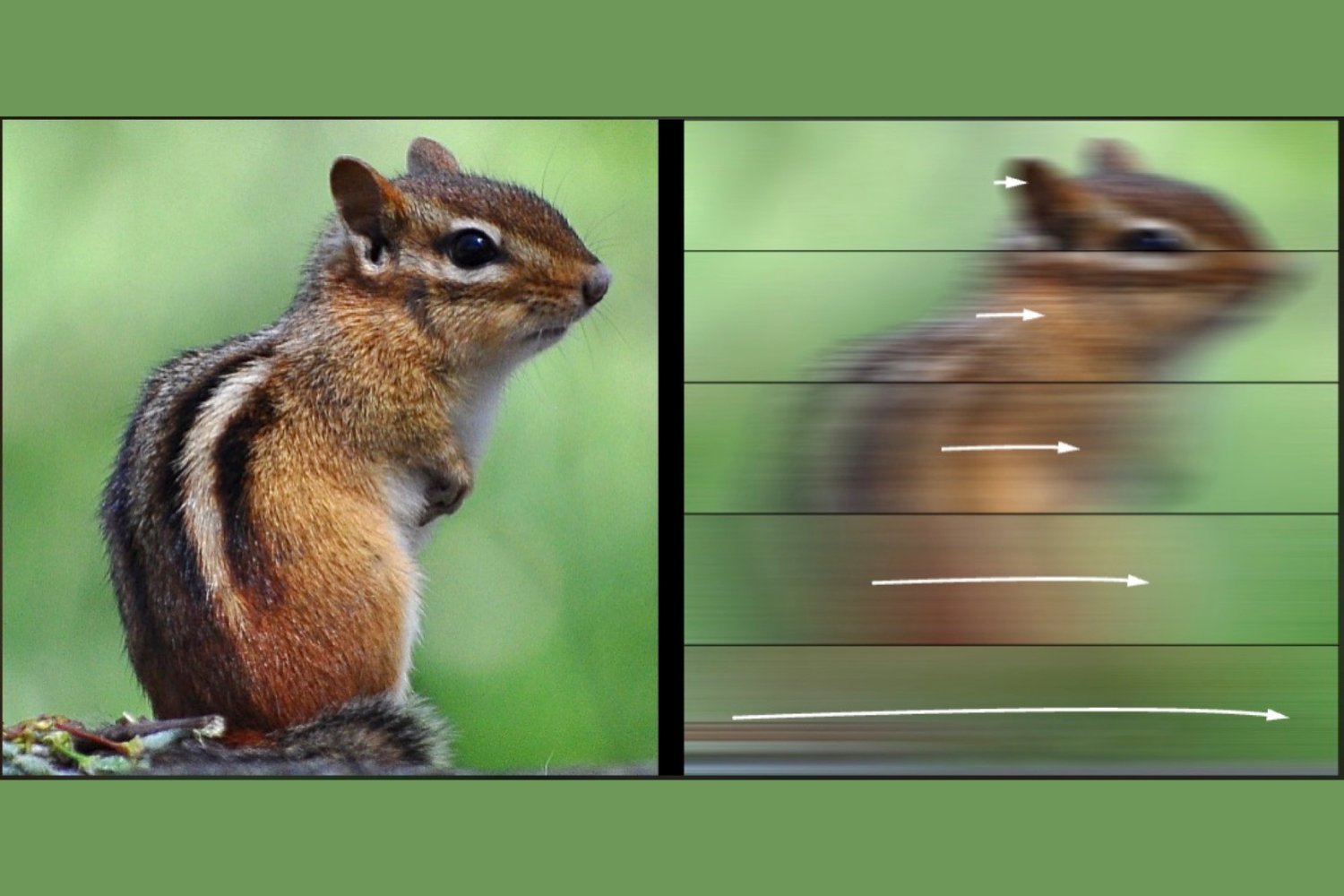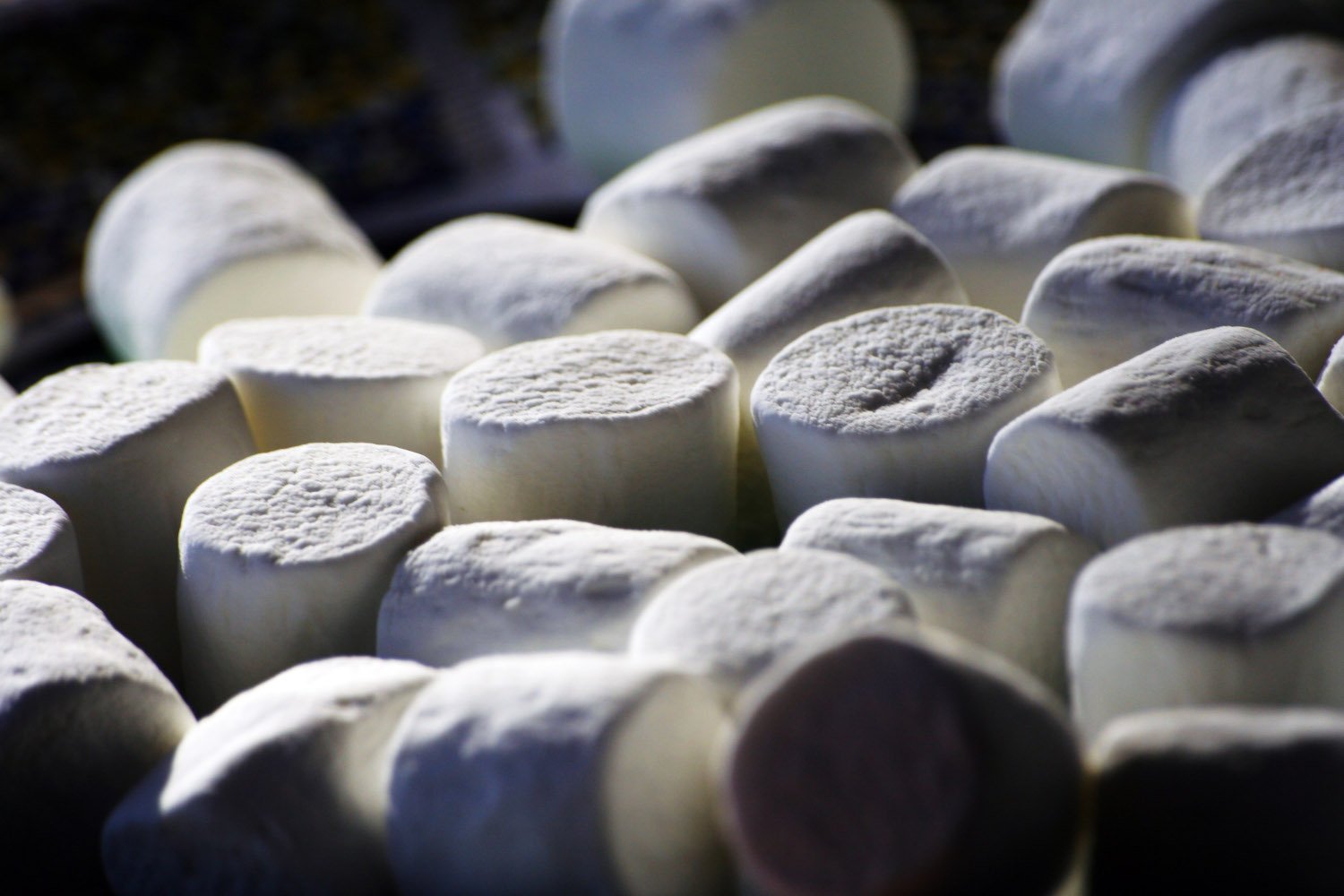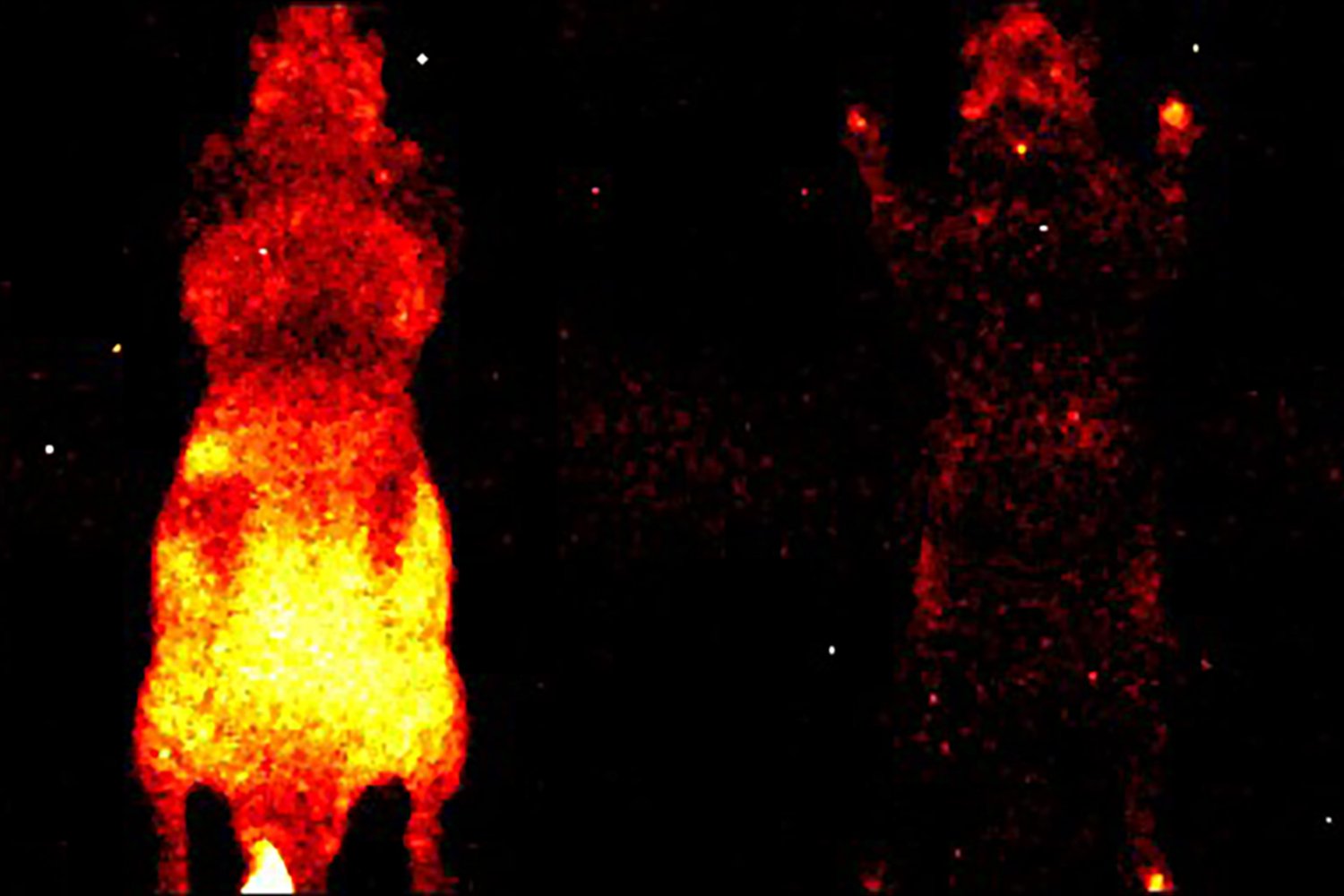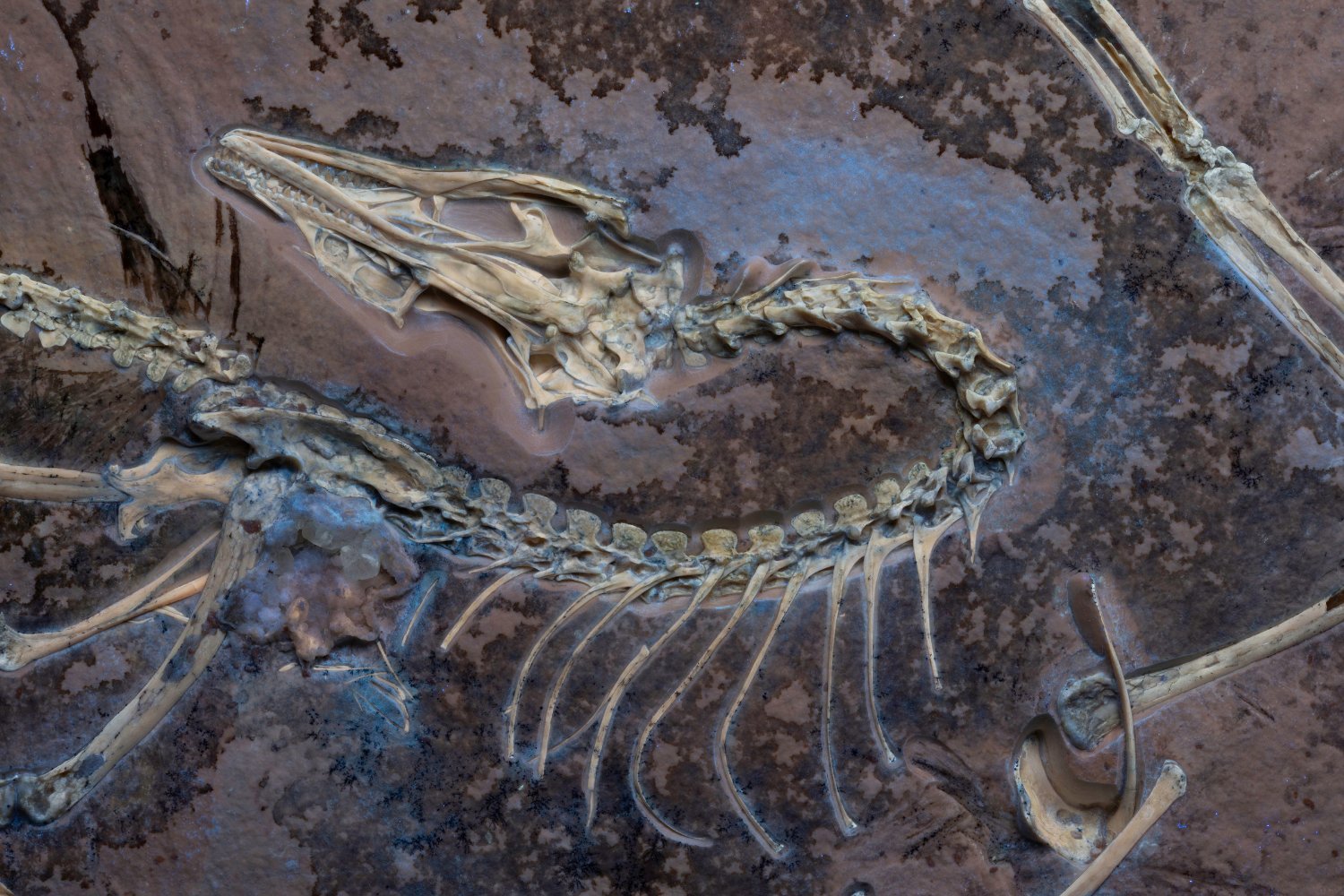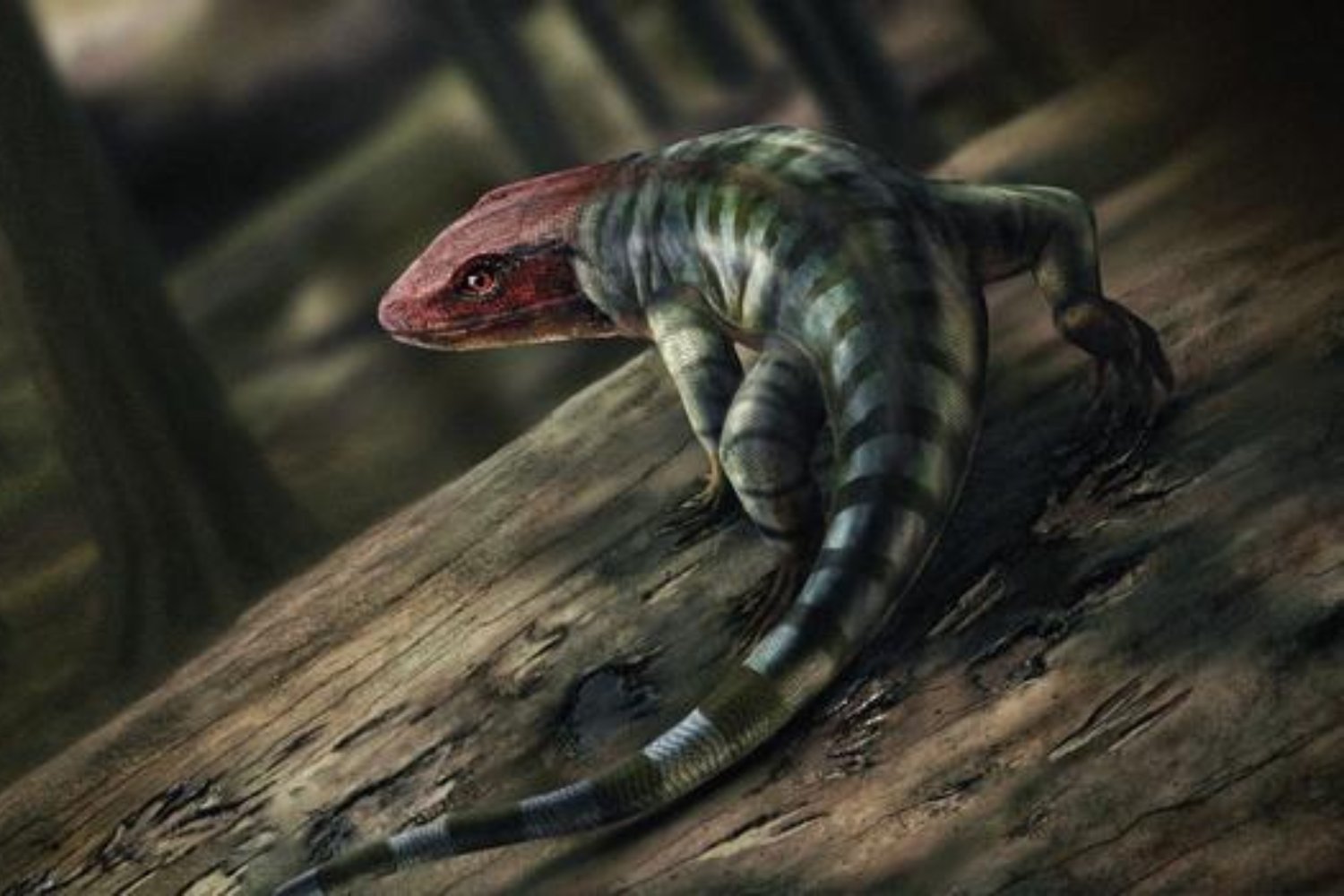The Mount Augustus snail (Powelliphanta augusta), a rare carnivorous land snail found only in New Zealand, has been observed laying eggs in captivity for the first time, marking a significant milestone in conservation efforts. This unique snail, known for its unusual reproductive methods, was nearly driven to extinction by coal mining operations two decades ago.
The P. augusta snail, named after Mount Augustus on New Zealand’s South Island, its only native habitat, faced near eradication approximately 20 years ago due to habitat destruction caused by coal mining. Conservationists intervened, rescuing the remaining snails and establishing captive breeding programs. The Department of Conservation (DOC) in Hokitika has been caring for a captive population since 2006.
The recent egg-laying event, captured on video and shared by the DOC, provides valuable insights into the snail’s reproductive behavior. Rangers were weighing a snail when they witnessed an egg emerging from its genital pore, located just below the head.
“It’s remarkable that in all the time we’ve spent caring for the snails, this is the first time we’ve seen one lay an egg,” said DOC ranger Lisa Flanagan. “We caught the action when we were weighing the snail. We turned it over to be weighed and saw the egg just starting to emerge from the snail.”
Like most land snails, P. augusta are hermaphrodites, possessing both male and female reproductive organs. They mate by extending their penis from the genital pore and exchanging sperm with a partner. This same pore serves as the exit point for eggs. “It extends its penis out of this pore and into its mate’s pore, and its mate does the same, simultaneously exchanging sperm, which they can store until they each fertilize the sperm they’ve received to create eggs,” Flanagan explained.
Mount Augustus snails have a slow maturation rate, taking around eight years to reach sexual maturity. They lay only about five eggs annually, with a year-long incubation period. This slow reproductive cycle, compared to other snail species, including invasive ones threatening New Zealand’s ecosystem, makes their conservation particularly challenging.
The DOC’s captive breeding and reintroduction efforts have shown some success. While these efforts are not yet self-sustaining, the DOC continues to care for the snails, which can live up to 30 years in captivity. The DOC remains committed to learning more about these fascinating creatures. “I just love watching their progress each month, weighing them, how their shells develop, and all the interesting things they do,” said Flanagan.



